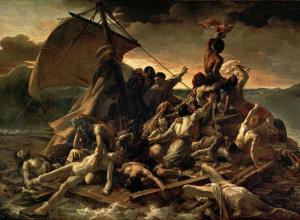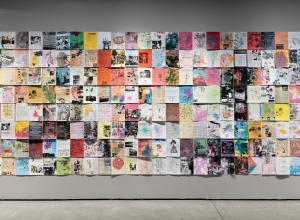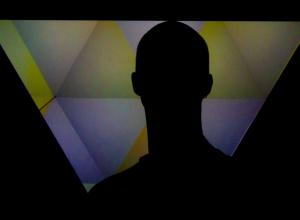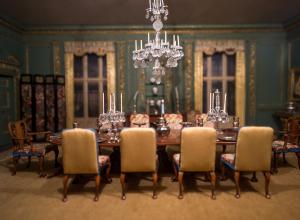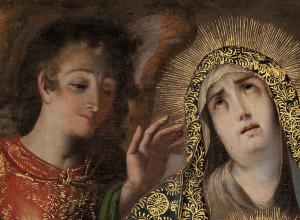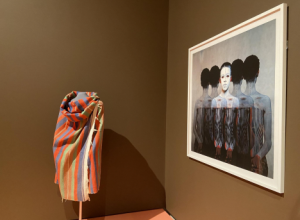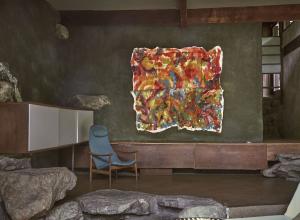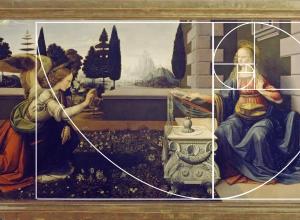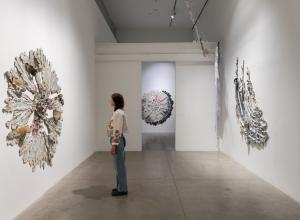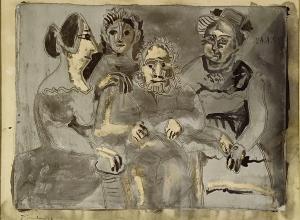During this time, Vallotton’s paintings illustrated the Nabi’s influence. Moonlight, (1895), Walking, (1895), and Street Scene in Paris, (1897), all used saturated colors, sharp transitions, and raking light and shadow. He gave the viewer colorful stories, which was one of his most powerful abilities as an artist. He can be described as the first great painter-playwright in modern art.
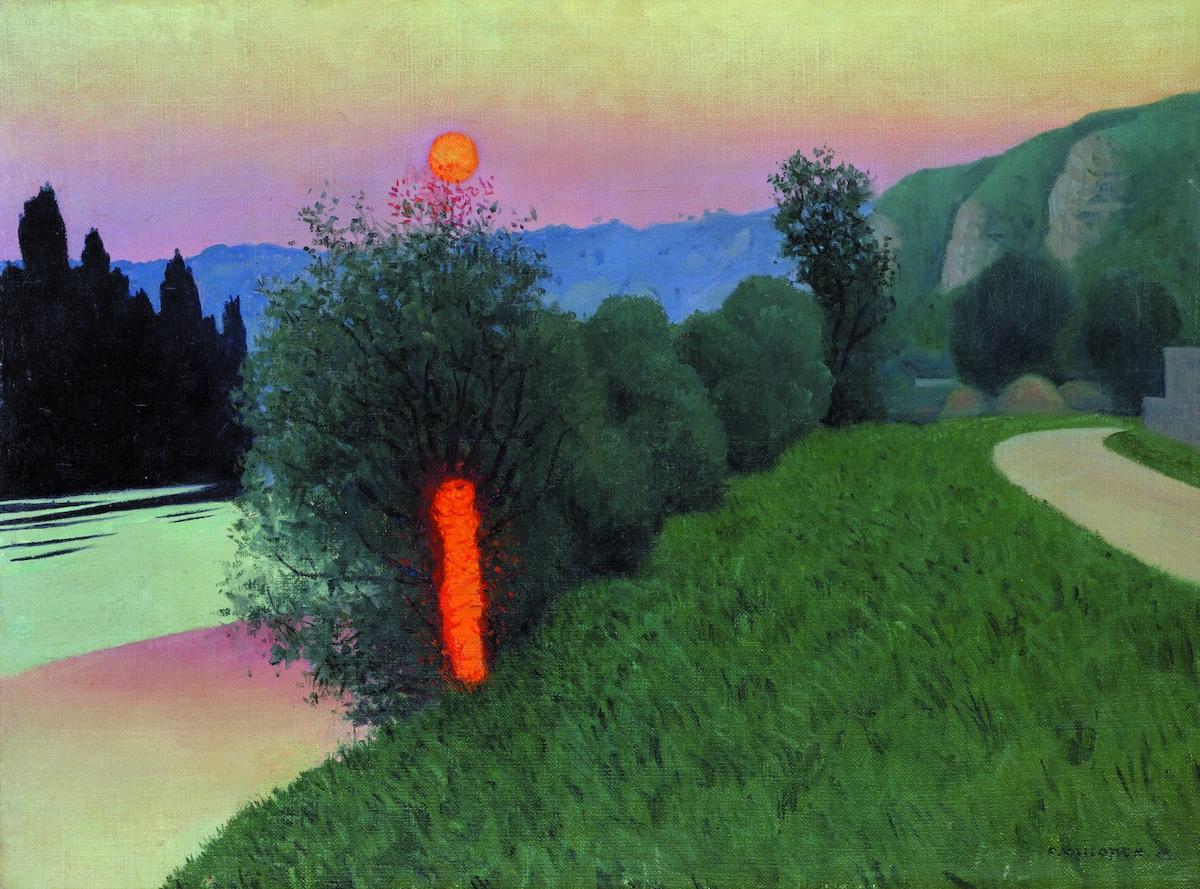
Félix Vallotton, Soir aux Andelys, 1924
In 1907, the Swiss painter Félix Vallotton made a portrait of Gertrude Stein. When Stein saw the painting, she said the painting was “like pulling down a curtain as slowly moving as one of his Swiss glaciers.” Harsh criticism, but Stein was not noted for her subtle niceties. Whatever one makes of his work, the artist Vallotton was dedicated to his art, realizing an oeuvre of some seventeen hundred paintings, two-hundred and fifty prints, a thousand magazine and book illustrations, three novels, and eight plays, as well as fulfilling many ephemeral and decorative commissions.
Vallotton was born in Lausanne in 1865. In college, he studied Latin and Greek. He soon left these classical subjects in favor of a move to Paris, where he studied painting at the Académie Julian. He was seventeen years old. At the end of three years at the Académie, Vallotton was accepted in the official Parisian Salon. In the early 1890s, he became a success with his satirical woodcut prints in a number of Parisian newspapers and journals. It was these woodcuts that lead to an invitation to join the newly formed, radical, Nabi group of artists. Pierre Bonnard, Edouard Vuillard, and Maurice Denis were all members, exploring worlds beyond the observable reality. Their densely painted interiors and brightly colored landscapes were intended to evoke feelings, not merely to represent the subjects but to lift them into another realm. As Bonnard said of the Nabi’s, “Art is not nature. We are stricter with composition. Colour has greater potential as a means of expression.”
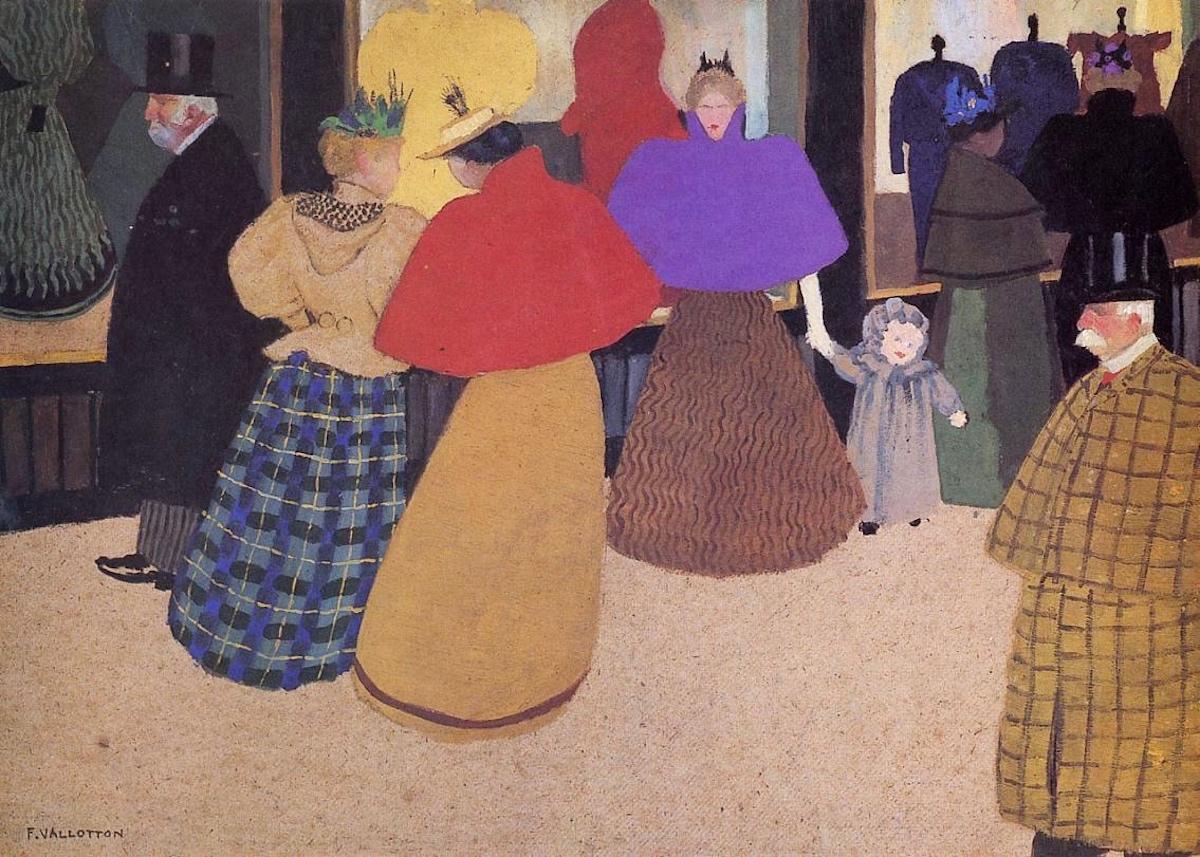
Félix Vallotton, Les Passants, tempera on panel, 1896
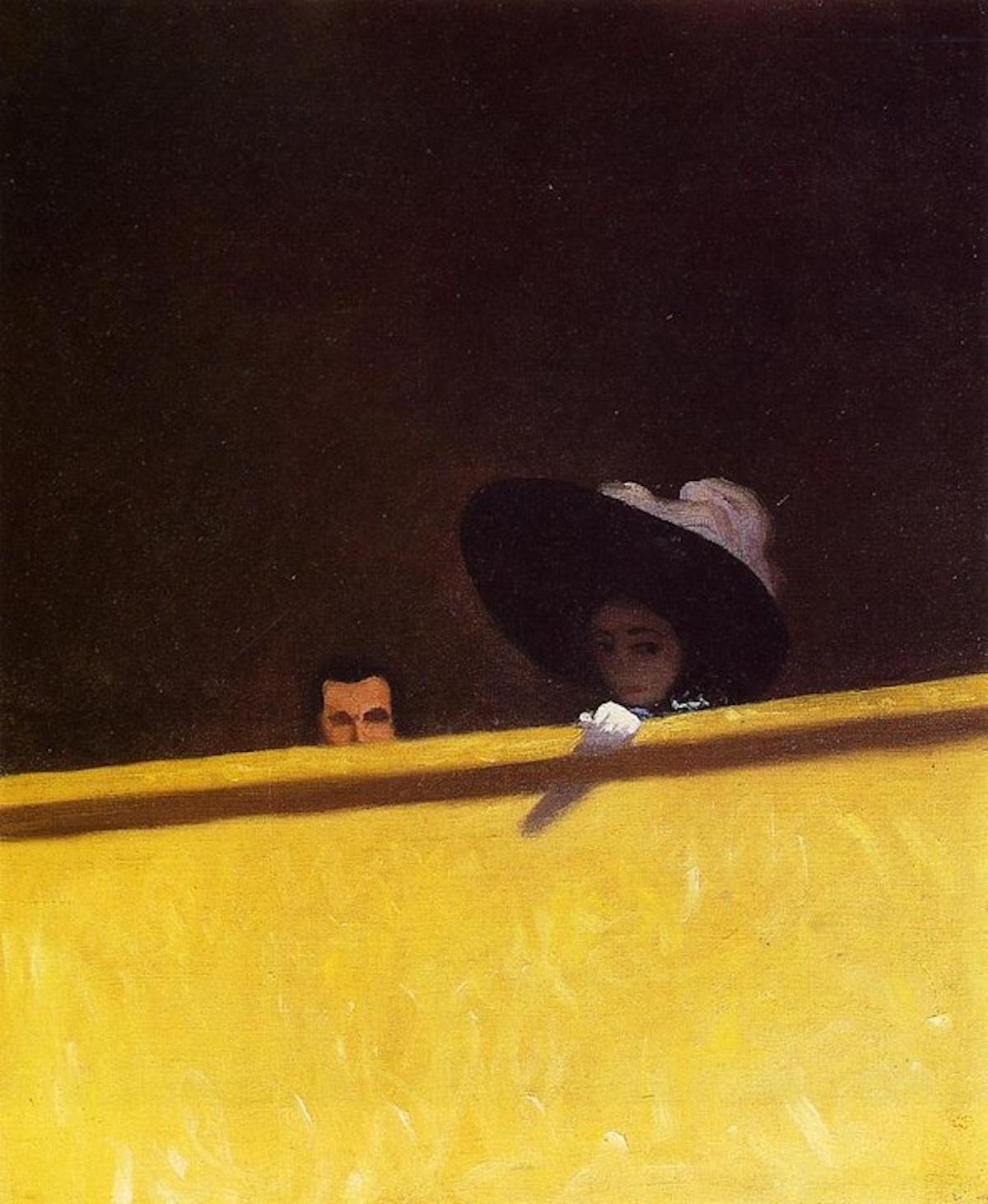
Félix Vallotton, La loge de théatre, le monsieur et la dame, oil on canvas, 1909
Vallotton’s meticulous contours and smooth surfaces pay homage to his idol, Ingres; also a painter of dramatic stories. Vallotton was said to have wept in front of Ingres’s The Turkish Bath, (1862). In his illustrations for literary and artistic magazines, he was adept in the art of suggestion, finding ambiguity in the intimate drama of private life. The painting Box Seats at the Theatre, the Gentleman and the Lady, (1909), is one of intrigue and mystery. The bright yellow of the box contrasts with the dark background; one gloved hand, the woman’s face bathed in shadow, and the man behind her receding; it is apparent they are not watching the play.
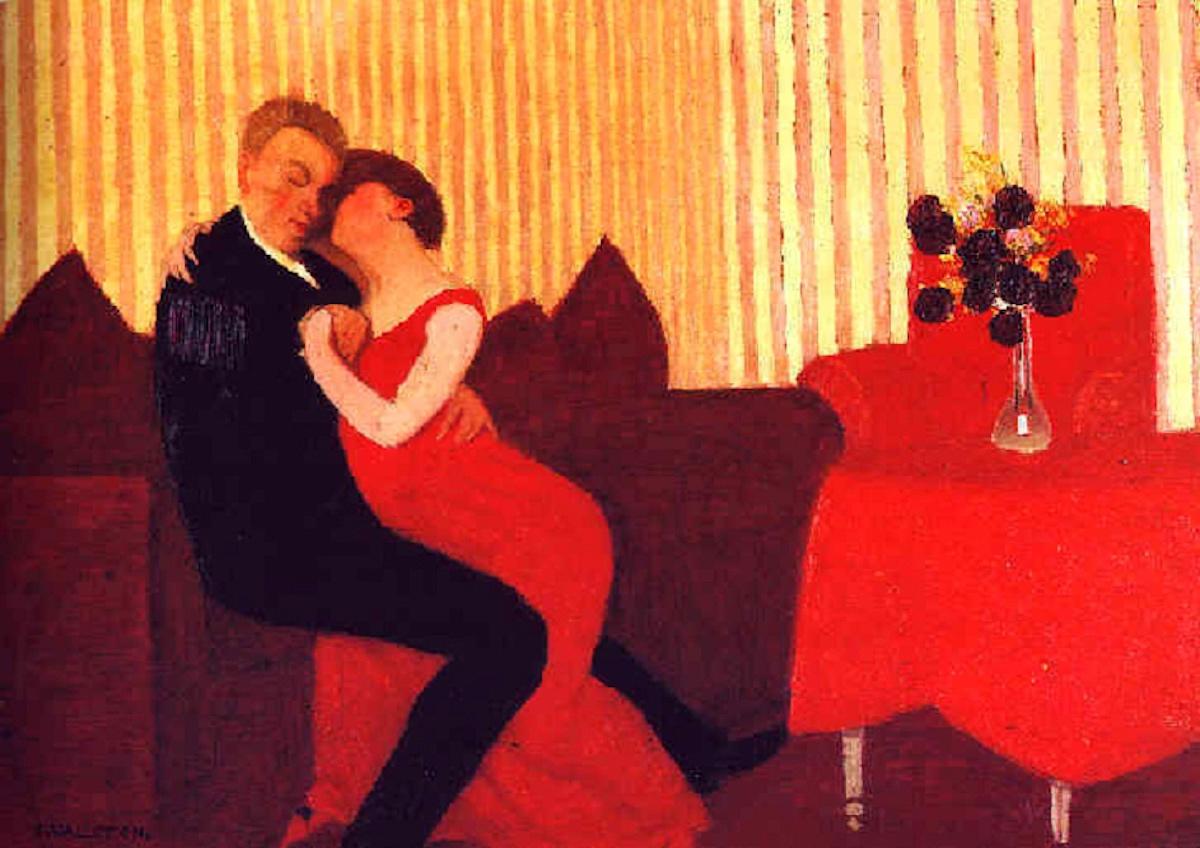
Félix Vallotton, The lie (1898). Oil on board. Baltimore Museum of Art
These are the Parisian days of lovers and mistresses, of trysts and clandestine rendezvous. This is Proust’s Paris too: “I had seen some young women, who at a distance had seemed to me lovely… I seemed to see charming women all ‘round me… I should have liked to know beforehand what the prettiest girls that life had to offer looked like at close quarters.” Vallotton gave us those women in close corners, veiled in shadow, in a man’s lap, kissing, and not altogether discrete. He was a modern chronicler of society’s mores and illicit conduct, like in The lie, (1897) and The Red Room, (1898). The red color wraps each furtive couple in guilt, demonstrating the bourgeoise’s double standards.
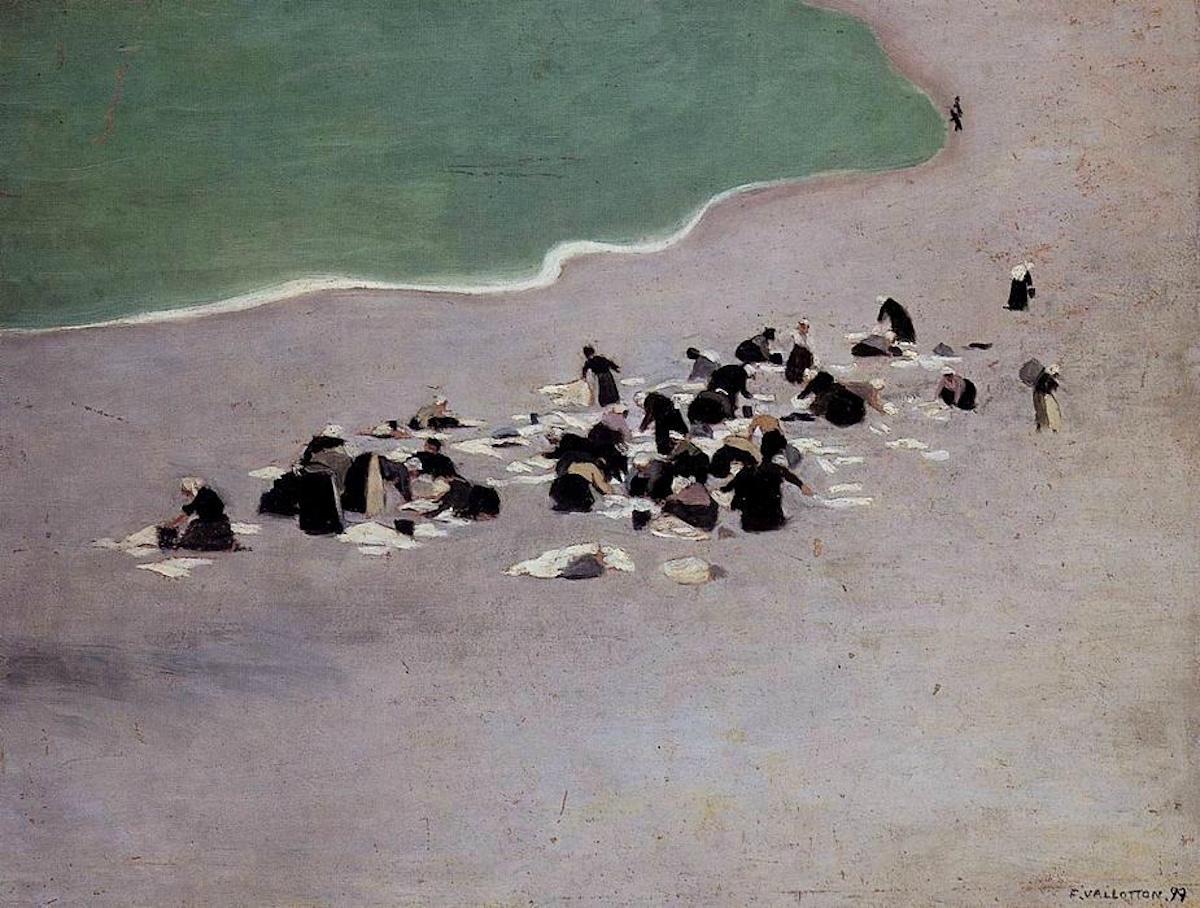
Félix Vallotton, 1899 - Laveuses à Étretat, oil on cardboard.
Still using a backdrop of deep crimson and bright red, Vallotton moves into domestic scenes. Madame Vallotton et sa nièce, Germaine Aghion, (1899), is an altogether different feeling, with a tiny child in pink ripping up white paper, with Vallotton’s wife watching, slightly smiling. Laundresses at Étratat, (1899), with a saturated lilac beach, Prussian green sea, and stark white sheets show Vallotton’s unusual juxtapositions.
His vibrant use of color is even more pronounced in many of his landscapes from the 1920s. An intense orange sunset in Soir aux Andelys, (1924), is a remarkable slash against a blue forest, an aqua river, and pink sand. Color choice is always a statement of mood. The dramatic sky, tranquil river, and the great white shirts of the laborers in La Risle près de Berville, (1924), again are stunning examples of Vallotton’s genius in composition.
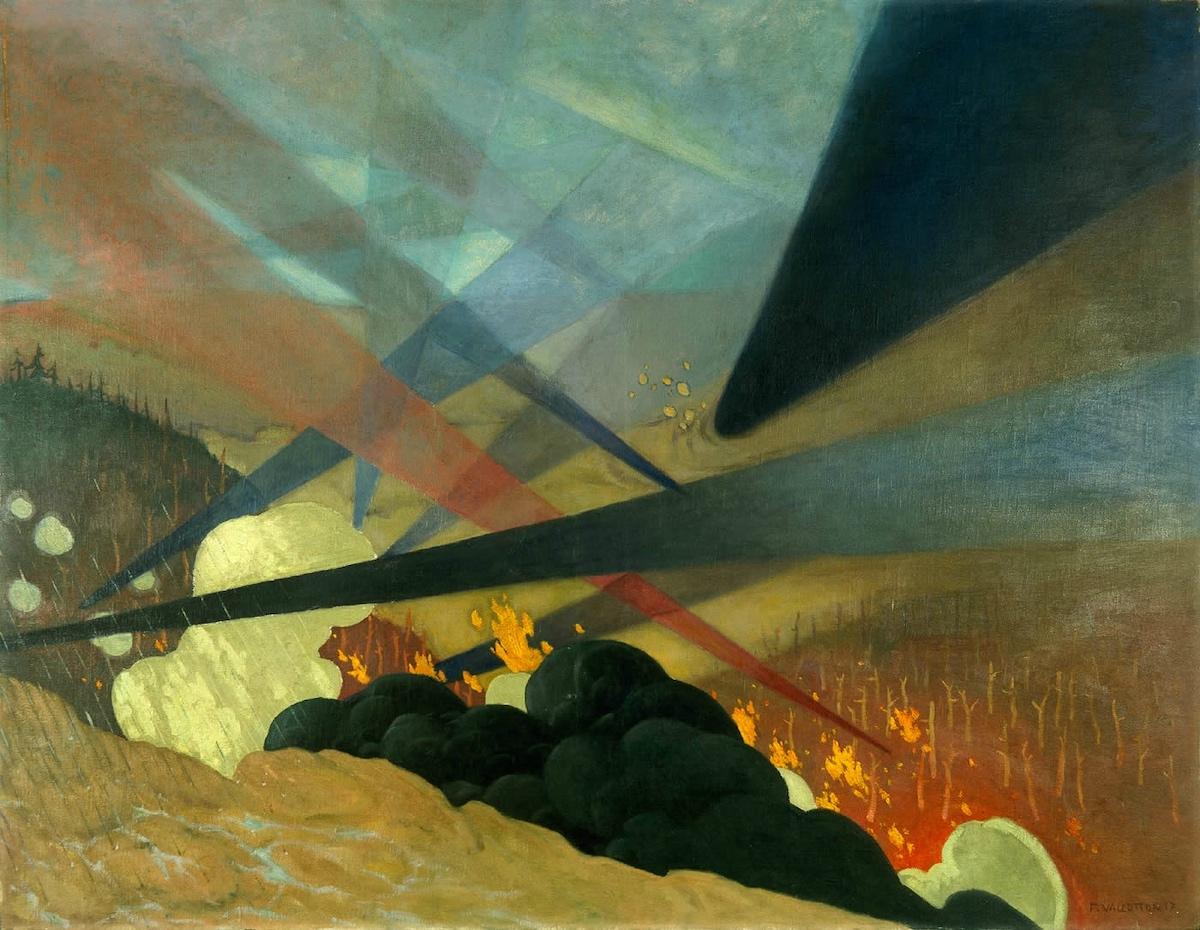
Félix Vallotton, 1917, Verdun
Profoundly affected by the First World War, Vallotton made a number of war paintings. Verdun, (1917), is a riot of orange, green, and black streaks across the landscape in an abstract yet volatile display of the explosions of war. Orange and gold flames spew mauve and purple smoke under a sickle moon in Les feux, (1911). This master storyteller through the use of vibrant color and masterful composition has left a legacy of his time, spanning all time.





